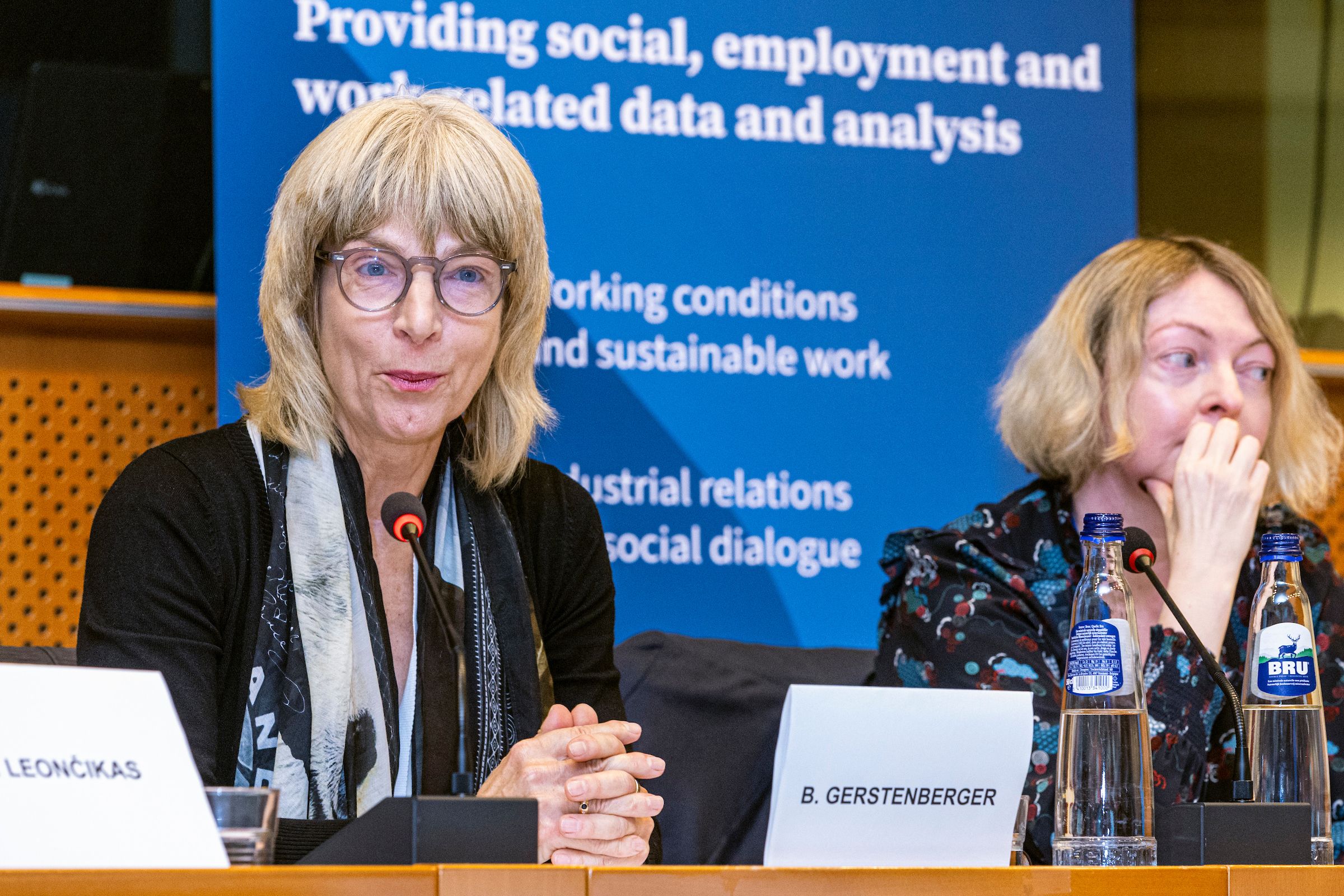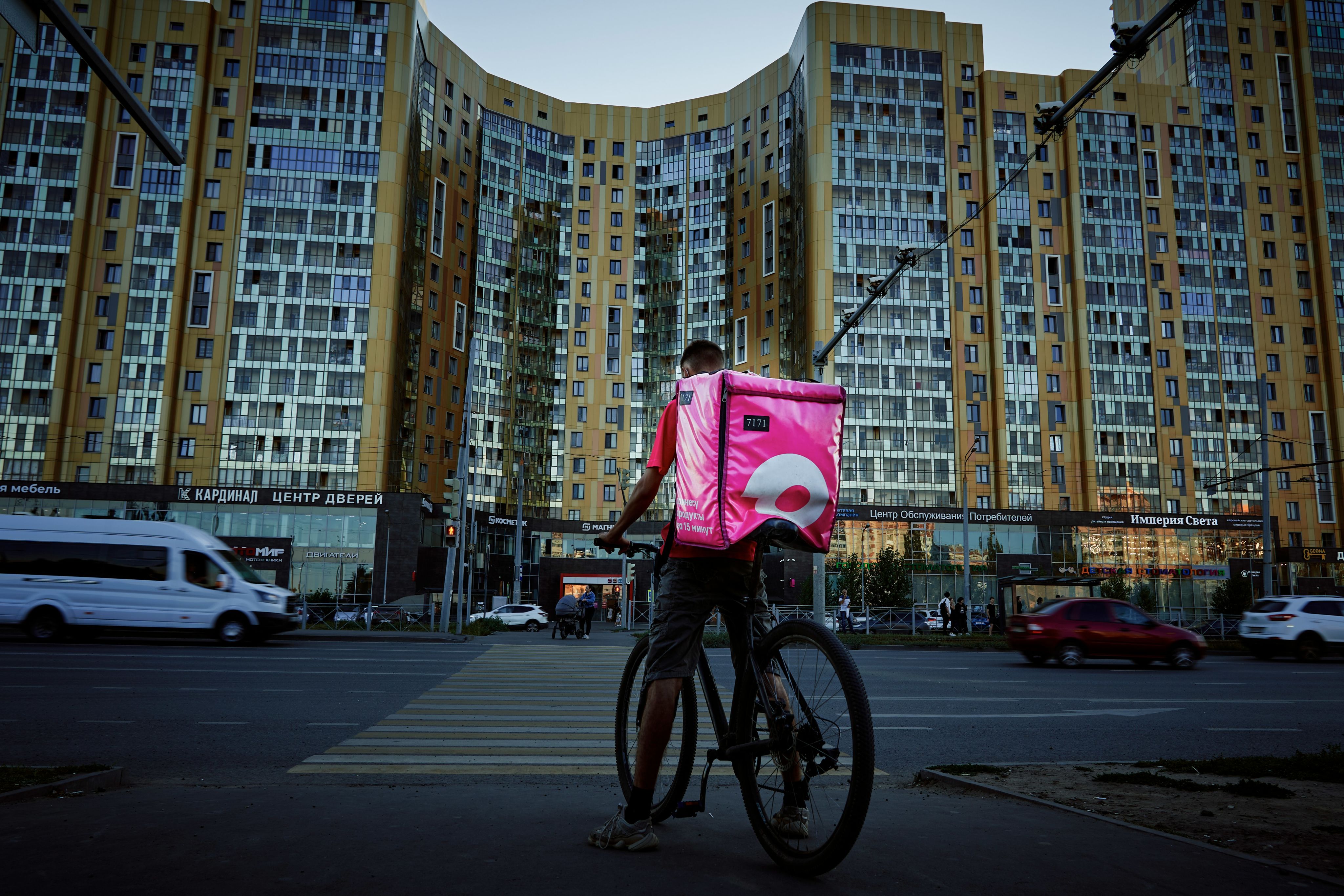Chapter 11:
Rethinking social protection
Tackling poverty through inclusive social protection

Key insights
Widespread gaps exist in social protection coverage. Some 66% of unemployed individuals in the EU do not receive any unemployment benefits or assistance, often due to strict eligibility criteria, administrative hurdles or lack of awareness.
Access barriers persist despite eligibility. At least 10%, and in some cases over 30%, of unemployment and minimum income benefit applications are rejected, often due to strict eligibility requirements or incomplete documentation. While digitalisation has improved efficiency, it also risks excluding those with limited digital access or skills.
Self-employed workers have insufficient coverage. More than 16.8 million self-employed workers lack unemployment benefits, and large gaps remain in sickness benefits (5.3 million uncovered) and workplace accident insurance (4.2 million uncovered).
Platform workers are in the grey area. Many are classified as self-employed, leaving them without rights to paid leave or unemployment benefit, for example. Some Member States, however, are starting to address this through reclassification and new agreements.
Social protection systems play a crucial role in reducing poverty and ensuring economic stability across Europe. They reduce the at-risk-of-poverty rate for people aged 16 to 64 in the EU from 31% (after taxes but before transfers) to 15.5% (after taxes and transfers).
Despite this, around two-thirds of unemployed people in the EU do not receive benefits or assistance, with wide variations across Member States.
Targets set by the European Pillar of Social Rights Action Plan aim to reduce poverty by 15 million people by 2030, but many are still left behind.
As the EU seeks to modernise social protection, simplifying administrative procedures, enhancing transparency and reducing bureaucratic hurdles will be essential to ensuring that benefits reach those most in need.
'Ensuring fair access to social protection is essential for a more inclusive Europe'

Unequal access to social protection

The coverage of unemployment and minimum income benefits is highly uneven across Member States. Overall, 66% of unemployed people report that they do not receive any unemployment benefits or assistance, with proportions ranging from 42% or lower (in Belgium, Finland and Germany) to at least 90% (in Bulgaria, Malta, Poland and Romania) (Figure 39).
While this suggests a high rate of non-receipt, administrative barriers, strict eligibility requirements and underreporting may contribute to the figures.
When benefits are available, their adequacy is often insufficient to raise people out of poverty. For example, in almost half of EU countries, the amount of unemployment benefit is capped at below 60% of the national average wage. The proportion of previous earnings paid as unemployment benefit ranges from 50% to 90%, and in 15 Member States, the amount decreases over time. Several countries have accelerated such decreases since 2023. Automatic indexation is applied only in 15 Member States for minimum income benefit and in 8 Member States for unemployment benefit.
Figure 39: Unemployed people not receiving benefits or assistance, EU Member States, 2022 (%)
Rejections and non-take-up
At least 10%, and frequently over 30%, of minimum income benefit and unemployment benefit applications were rejected for almost all schemes for which data were identified. This was usually because the applicant did not fulfil asset or income requirements, or they submitted inadequate documentation. Rejections point to lack of clarity and inefficiency in systems.
If application processes are streamlined and targeted at eligible individuals, the administrative workload can be reduced. However, when applicants' expectations are unmet, it can lead to disappointment and erode trust in governmental institutions.
Even when individuals are eligible, many do not receive benefits due to bureaucratic hurdles, lack of awareness or digital barriers. No Member State was identified where more than 80% of those entitled to minimum income benefits receive them. Non-take-up seems less severe for higher-tier unemployment schemes.
In recent years, efforts have been made to improve access to benefits, particularly through digitalisation. Several Member States have introduced online application portals, allowing for faster processing and greater convenience for users. In countries such as Germany and Ireland, digital access has expanded significantly, with millions of people now using online identity verification systems to apply for benefits.
However, while these measures have streamlined applications for many, they have also created new challenges, particularly for older adults, people with disabilities and those with low digital literacy. Inequalities are created for those unable to reap the benefits. Problems seem worse for people entitled to minimum income benefits than for those entitled to unemployment benefits, as the former tend to be in more vulnerable situations (for example, lacking access to electronic devices).
With regard to receiving online social benefits during the pandemic, an EU-wide online survey showed that about one-third of people experienced difficulties, with higher rates for people with difficulties making ends meet or with bad health (Figure 40).
Figure 40: Difficulties receiving online social benefits during the pandemic, EU, 2022 (%)

Self-employed workers: Progress and persistent gaps

Certain groups of workers – particularly self-employed and platform workers – face additional challenges in accessing adequate benefits. The next sections explore these issues in greater depth, beginning with the self-employed and then focusing on platform workers, who often fall into a grey area between self-employment and dependent employment.
Although social protection systems in the EU were largely designed with dependent employment in mind, the increasing blurring of boundaries between employment and self-employment has resulted in adjustments to social protection coverage.
Despite this, in 2022, gaps in social protection persisted for some groups of self-employed workers in at least one branch of social protection in 19 Member States. More than half (16.8 million) of self-employed workers in the EU lack unemployment benefit coverage, and large gaps also exist for sickness benefits (5.3 million not covered) and workplace accident insurance (4.2 million not covered). Even where formal access is granted, many self-employed individuals struggle with effective access and inadequate benefit levels.
Of particular concern are dependent self-employed individuals. Such workers are self-employed but their conditions of work are similar to those of dependent employees. In 2021, 9% of self-employed individuals (without employees) were dependent on just one or a few clients and had little or no autonomy over the running of their business. As such, they could be classified as economically dependent.
More than half of the economically dependent self-employed stated that they could not predict their earnings over the next three months (compared with 12% of employees). Self-employed women without employees were more than twice as likely to be economically dependent than their male counterparts.
National social protection for the self-employed
Despite ongoing gaps, some progress has been made in improving access to social protection for self-employed workers. Over the past six years, around half of EU Member States have introduced legislation or guidance aimed at expanding coverage. For example, in Ireland, the distinction between employees and the self-employed was clarified, and jobseeker’s benefit was introduced for the self-employed.
At least 11 countries have extended access to unemployment benefits for the self-employed: Croatia, Denmark, Finland, France, Ireland, Lithuania, Luxembourg, Poland, Slovakia, Slovenia and Spain. Additionally, 15 Member States have opened up or extended access to sickness benefits: Austria, Cyprus, Denmark, Finland, France, Germany, Hungary, Latvia, Malta, Poland, Portugal, Romania, Slovakia, Slovenia and Sweden. In Portugal, all self-employed workers are formally covered by the general compulsory insurance scheme for sickness cash benefits.
Since the pandemic, Cyprus, Estonia, France, Luxembourg, Portugal, and Sweden have begun to improve social protection for the self-employed or plan to do so in the years to come. The issue remains high on the policy agenda in Germany and Malta. In Belgium, Croatia, Finland, Ireland, Italy, Malta and Spain, improving social protection for the self-employed is considered of medium importance. Meanwhile, trade unions or organisations representing the self-employed support action in Czechia, Denmark, Latvia, Poland, Portugal, Romania and Slovenia.
However, these reforms have primarily focused on extending formal coverage, with less emphasis on ensuring effective access or adequate benefit levels. Many self-employed workers – particularly those with irregular or intermittent incomes – continue to face challenges in qualifying for benefits or receiving adequate support.

Social protection for platform workers

Platform workers: Between self-employment and employment
Platform workers often find themselves in the grey zone between dependent employees and self-employed. Platform workers are often classified as self-employed, yet many work under conditions making them effectively dependent on a single platform for income.
As highlighted in the previous section, economically dependent self-employed workers – those with limited autonomy and high income insecurity – face significant gaps in social protection, and platform workers are no exception.
In 2020, there were around 520 platform operators in the EU, with 11% of workers indicating that they have worked for platforms at some point. However, only 1.4% of workers derive more than 50% of their income from platform work; 4.1% obtain between 25% and 50% and 3.1% earn less than 25% of their income from this source.
As Figure 41 shows, there is no common approach in the EU with respect to the initiatives used by Member States to regulate platform work. Rather, countries diverge in terms of the policy tools used to address social security and employment rights issues raised by it. With the exception of six countries (Bulgaria, Cyprus, Czechia, Hungary, Luxembourg and Slovakia), in all Member States legislative changes, court decisions and collective bargaining agreements have sought to address some of the gaps in the social protection coverage of platform workers.
Figure 41: Voluntary and legal initiatives regulating platform work , EU Member States, 2023
Why classification matters for social protection
A Eurostat pilot survey found that about a quarter of platform workers obtain unemployment, sickness and accident insurance through another job. Only around 6% receive unemployment insurance through a platform employer, indicating that they hold employee status.
How platform workers are classified – as employees or self-employed – directly affects their access to social protection, highlighting the risks of misclassification. In recent years, access to social protection for platform workers has been created in four main ways.
- Reclassification through court cases: Some courts have ruled that platform workers should be classified as employees, granting them rights to paid leave, unemployment benefits and social security.
- Presumption of employment: Countries like Belgium and Spain assume that platform workers are employees unless proven otherwise, shifting the burden of proof onto companies.
- Third-worker status: A few countries have introduced an intermediate employment category, offering some protections without full employee status – though critics argue it risks normalising precarious work.
- Collective agreements: In some Member States, platform companies and trade unions have negotiated agreements to improve wages, working conditions and social security access.
Ensuring adequate, effective and accessible social protection remains a key challenge. As work patterns evolve, gaps in coverage and benefit adequacy persist – particularly for the self-employed, platform workers and those in non-standard employment. Addressing these disparities is essential to support social inclusion and reduce poverty, in line with the principles of the European Pillar of Social Rights.


